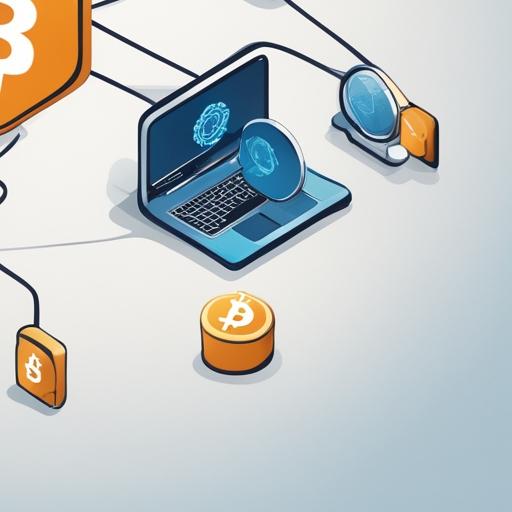Introduction to Bitcoin
If you’ve heard about Bitcoin but aren’t quite sure what it is, you’re not alone. Bitcoin often makes headlines, yet it remains a mystery to many people. Let’s break it down into simple terms: Bitcoin is a type of digital money. Unlike traditional currencies such as dollars or euros, Bitcoin doesn’t exist in physical form. Instead, it’s entirely digital, operating in a decentralized way without a central bank or single administrator.
How Does Bitcoin Work?
The Blockchain Technology
The backbone of Bitcoin is something called blockchain technology. Imagine a public ledger or a very detailed record book that everyone can see but no one can alter. This ledger contains all the transactions made with Bitcoin, ensuring transparency and security. Every time a transaction is made, it’s added to a block. Once that block is full, it gets added to the chain of previous blocks. Hence the name: blockchain.
Mining Bitcoin
You might wonder where Bitcoins come from. Unlike traditional money, which can be printed by a government, new Bitcoins are created through a process called mining. Mining involves powerful computers solving complex mathematical problems. Once a problem is solved, the miner is rewarded with a certain number of Bitcoins. This process not only creates new Bitcoins but also helps to verify and secure the transactions in the blockchain.
How to Get Bitcoin
Buying Bitcoin

The easiest way to get Bitcoin is to buy it from a Bitcoin exchange. These exchanges function much like stock markets but for cryptocurrencies. You can use traditional money to buy Bitcoin at the current exchange rate. Once purchased, your Bitcoins will be stored in a digital wallet.
Earning Bitcoin
Another way to acquire Bitcoin is by accepting it as payment for goods or services. Many businesses worldwide accept Bitcoin, and you can even offer your services or sell products in exchange for Bitcoin.
Why is Bitcoin Popular?
Decentralization
One of the features that make Bitcoin so appealing is its decentralized nature. It’s not controlled by any government or organization, which means it’s resistant to censorship and centralized failure.
Limited Supply
There will only ever be 21 million Bitcoins in existence. This limited supply makes Bitcoin somewhat similar to precious metals like gold, as it can drive value through scarcity.
Security
Bitcoin transactions are highly secure due to the blockchain technology that underpins them. Once a transaction is recorded in a block and added to the blockchain, it is virtually impossible to alter.
Risks and Considerations
Volatility
One of the drawbacks of Bitcoin is its price volatility. The value can rise or fall dramatically in a short period. This makes it risky for people who are not prepared for such fluctuations.
Lack of Regulation
While decentralization has its perks, it also means there’s less regulation and protection for users. If you lose access to your Bitcoin wallet or fall victim to a scam, recovering your lost Bitcoins can be nearly impossible.
Conclusion
Bitcoin represents an entirely new form of money: digital, decentralized, and often highly volatile. It offers unique advantages like decentralization and security but also comes with its set of risks. Whether you’re looking to invest, use, or simply understand it, knowing what Bitcoin is and how it works is the first step.
